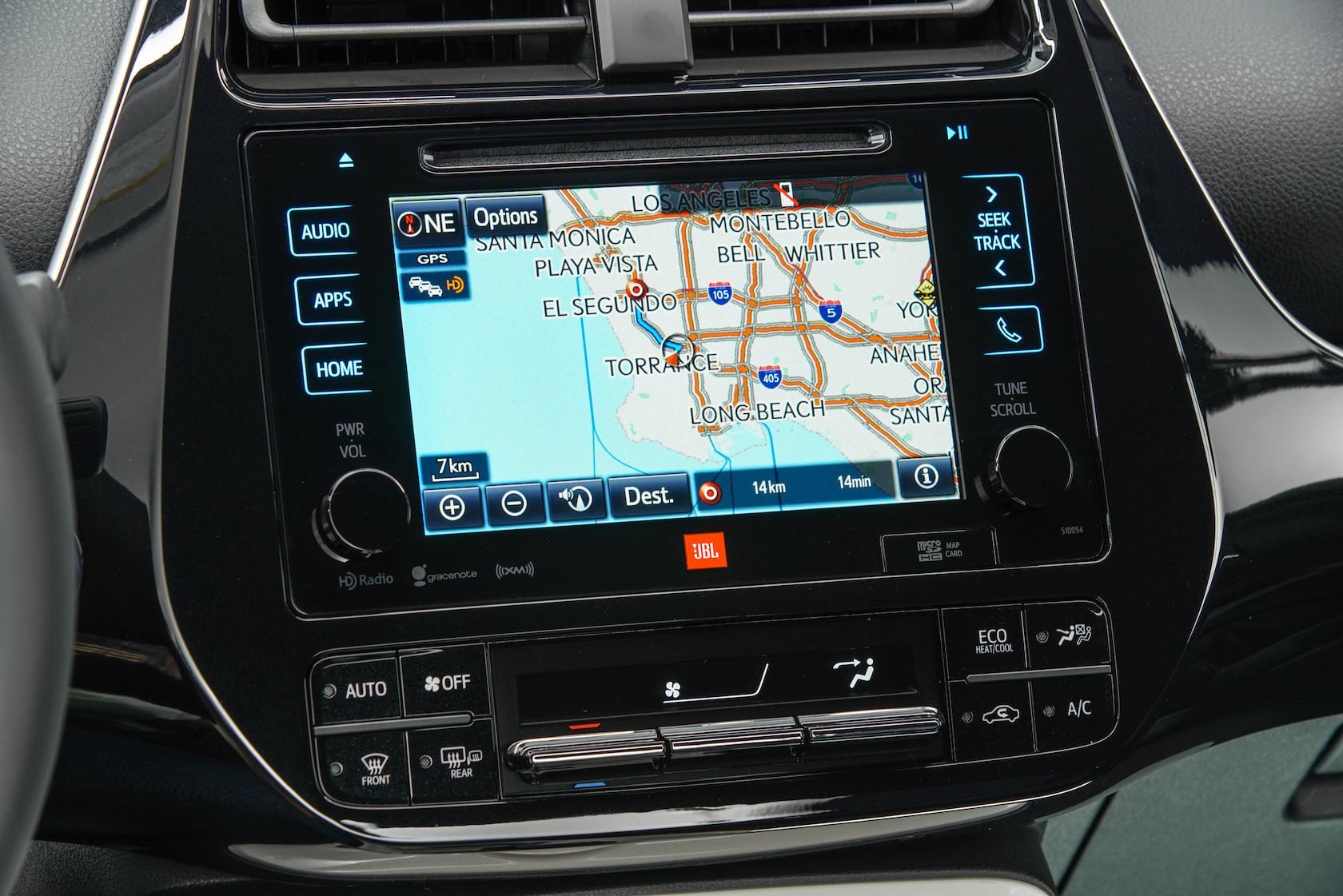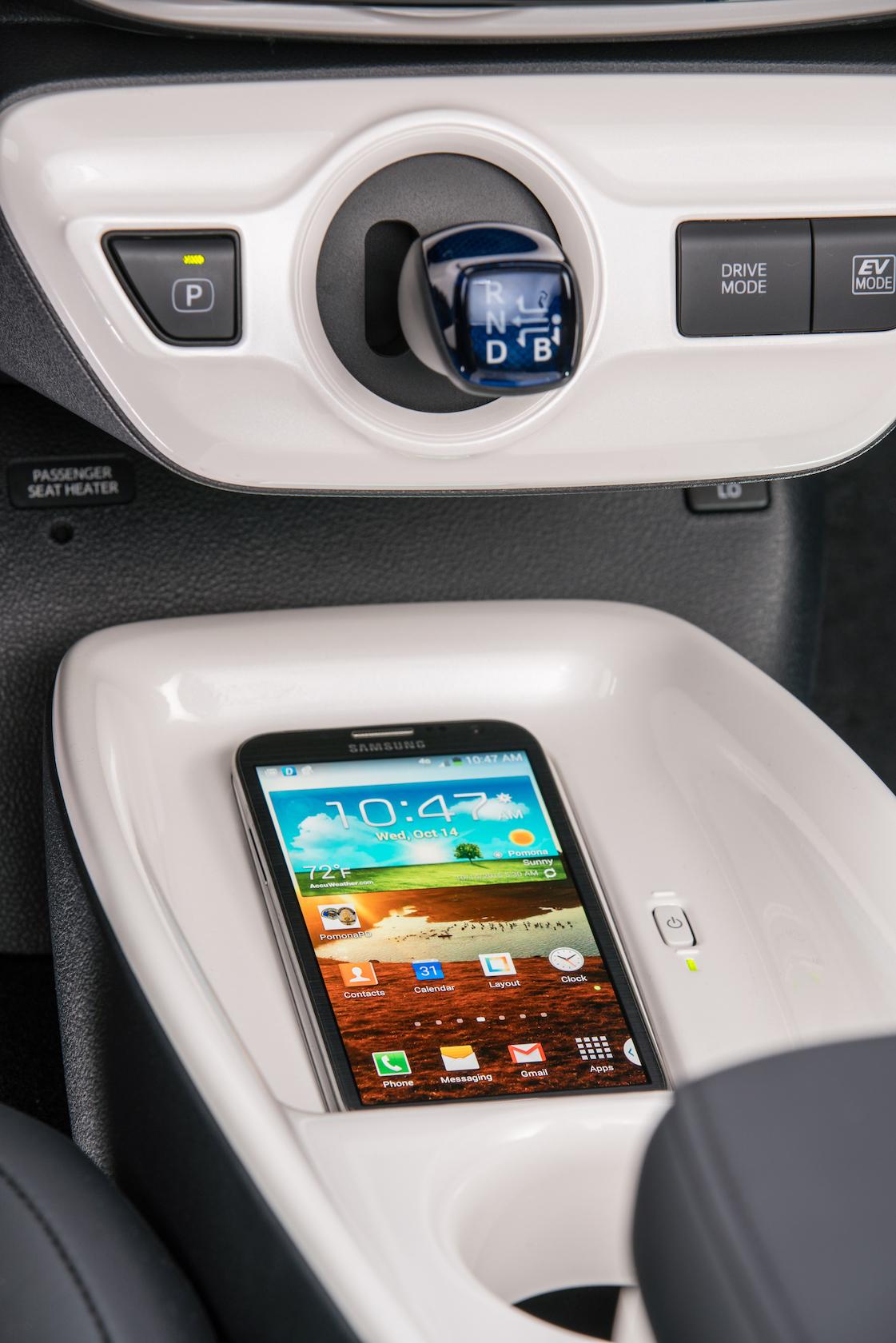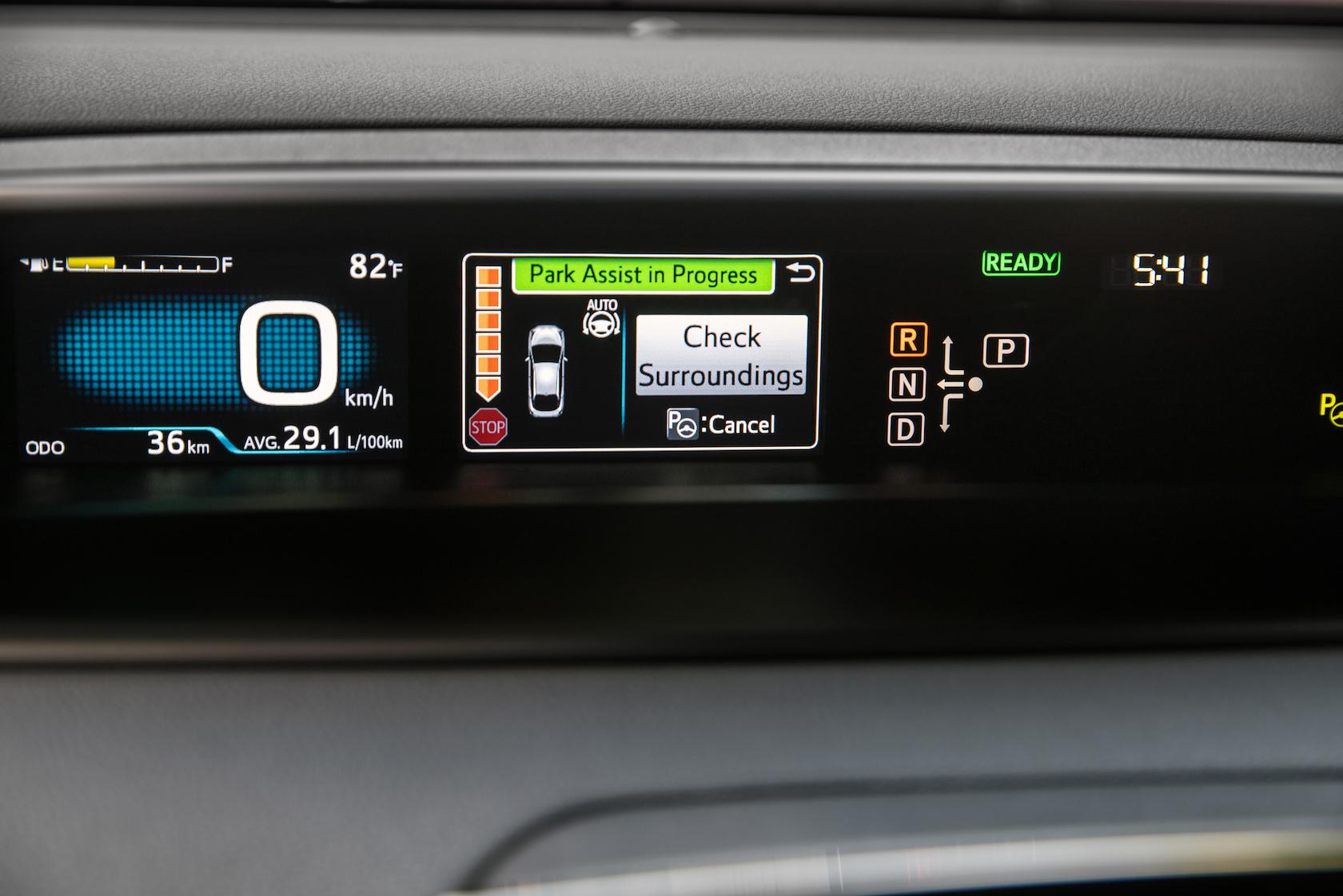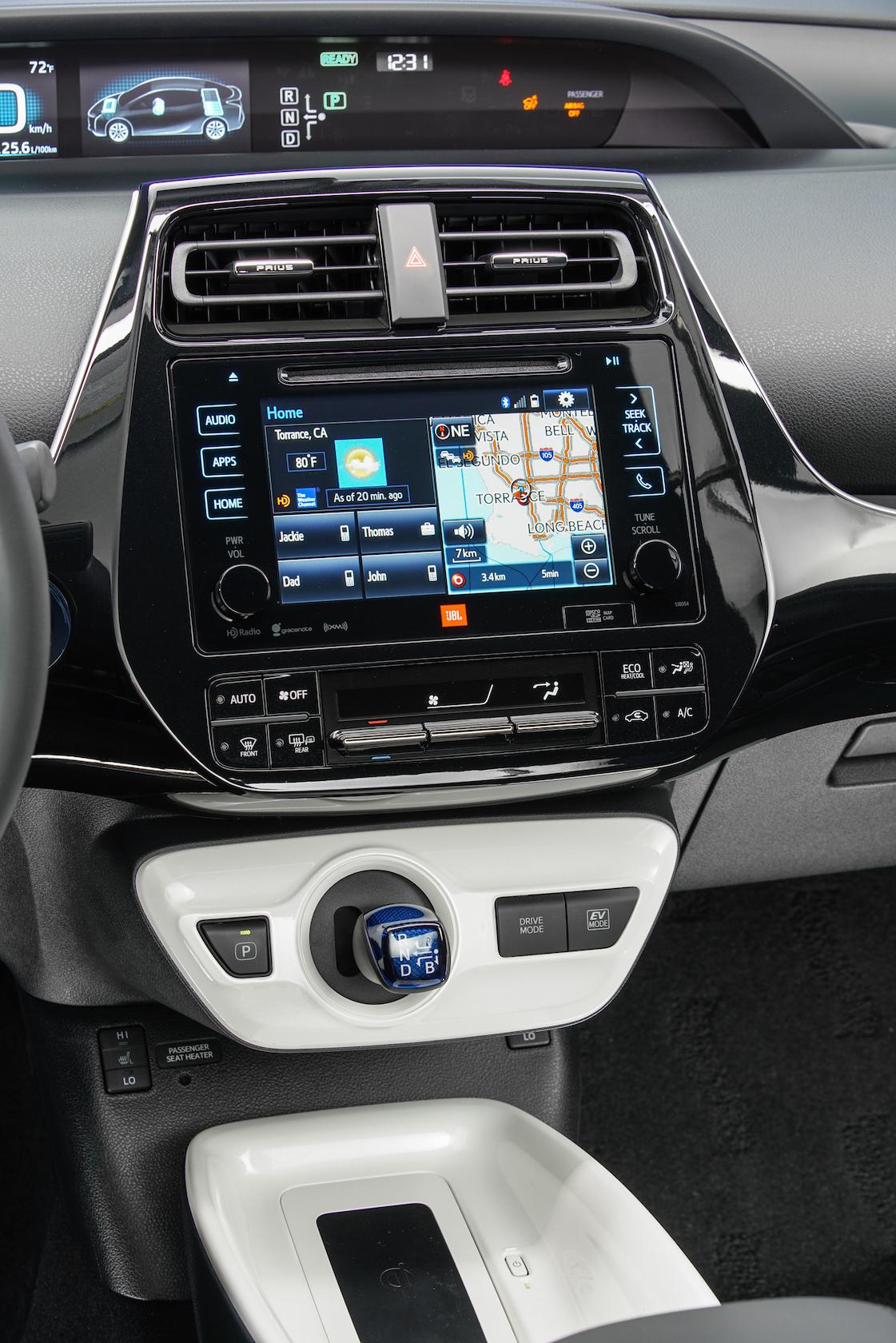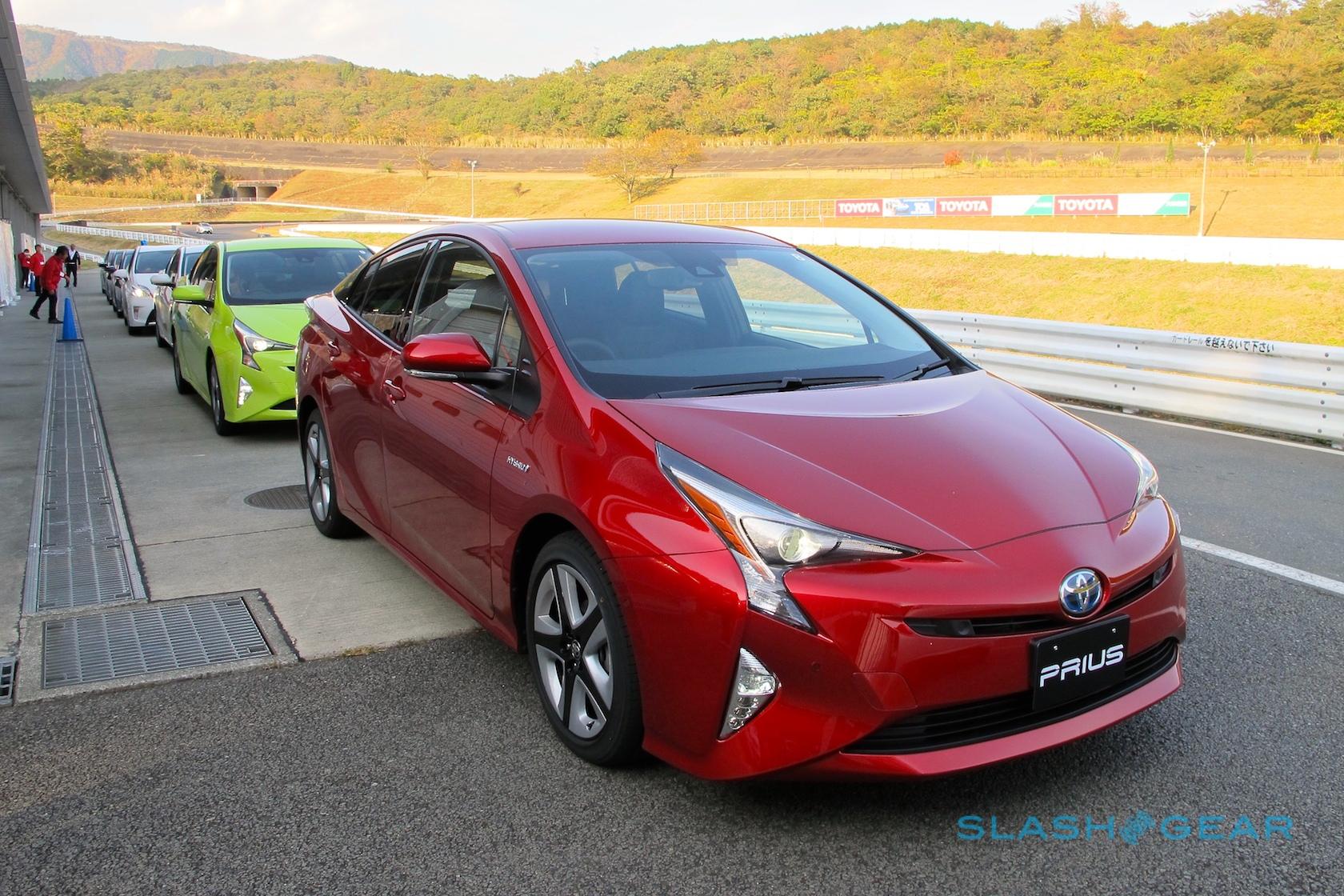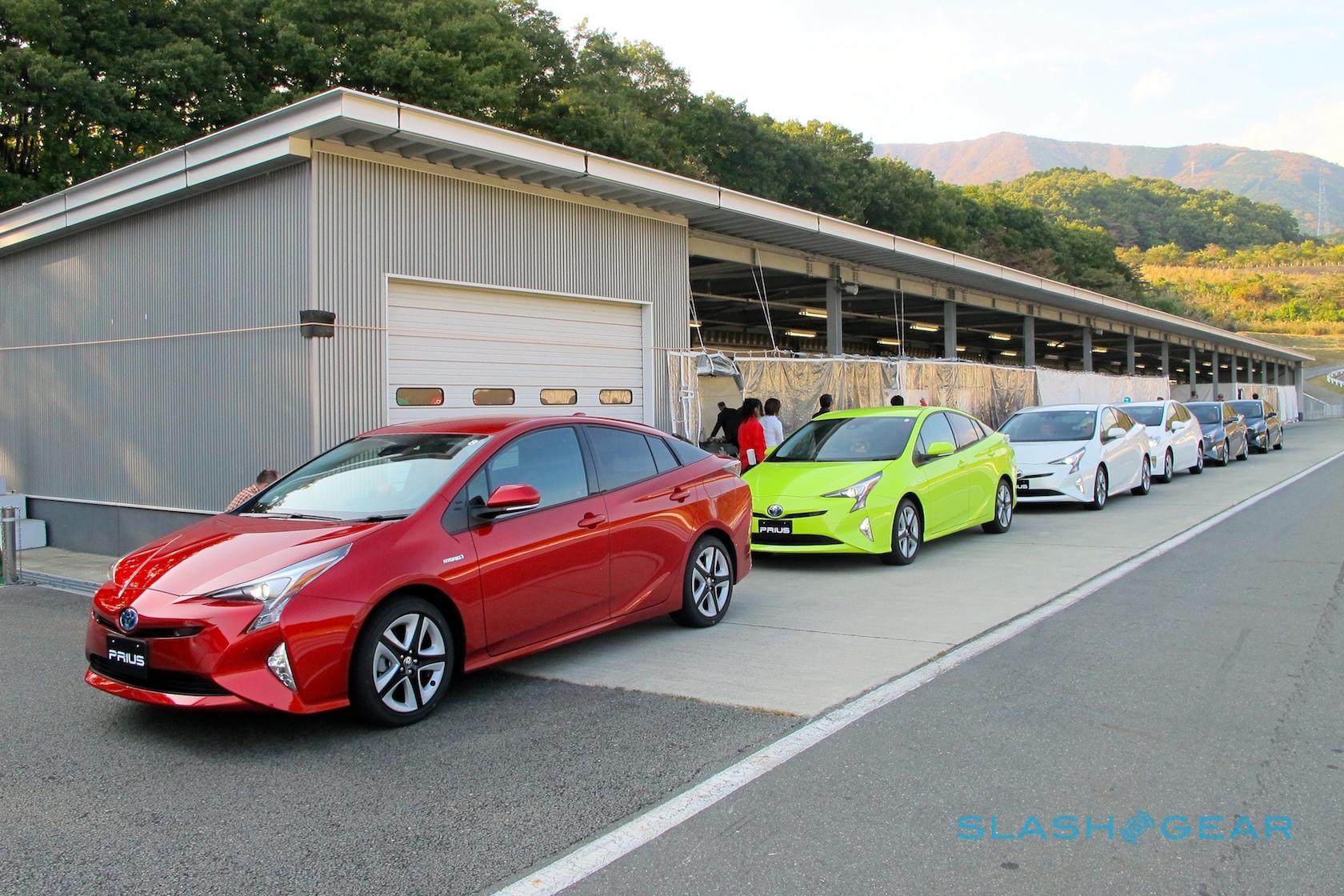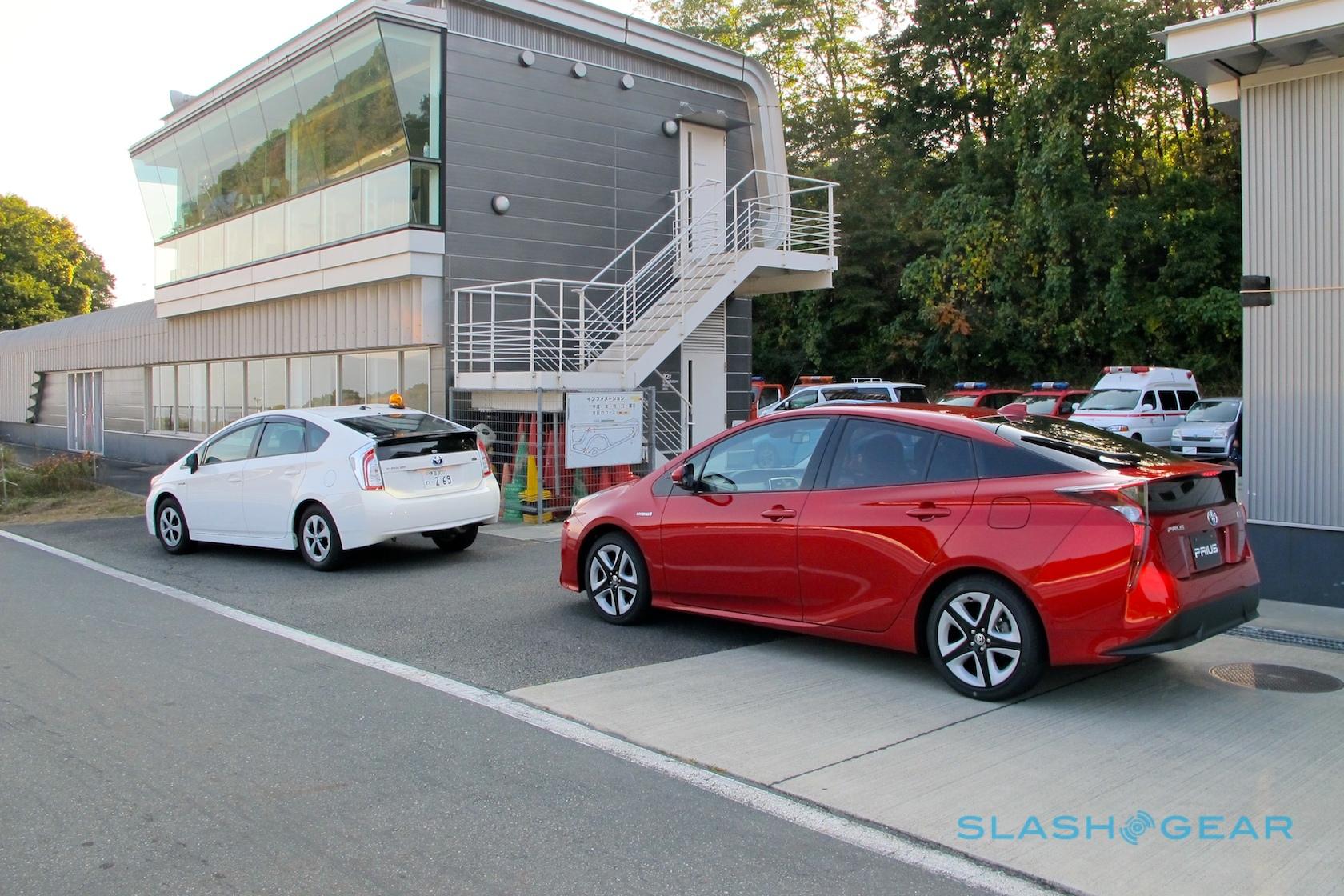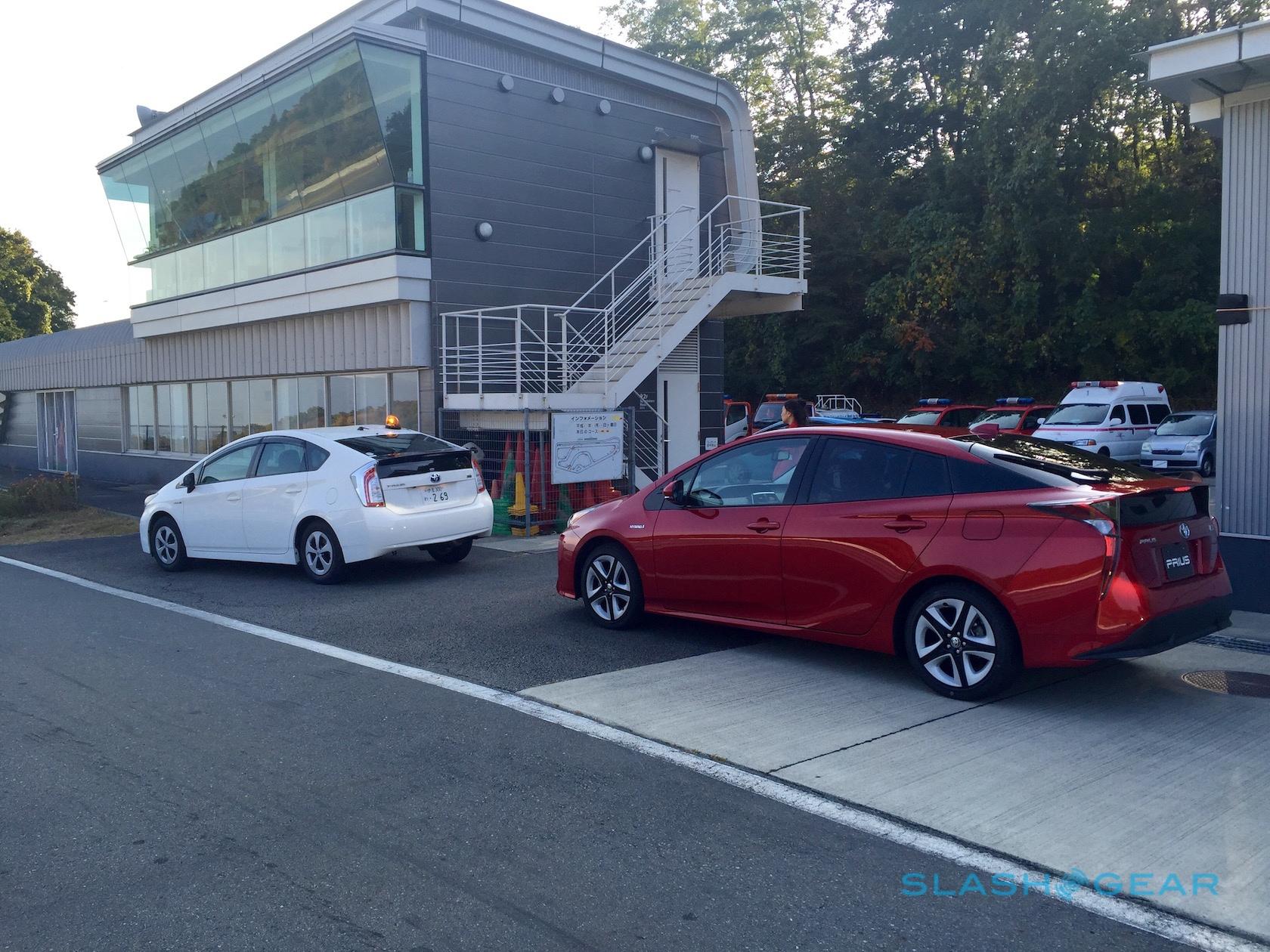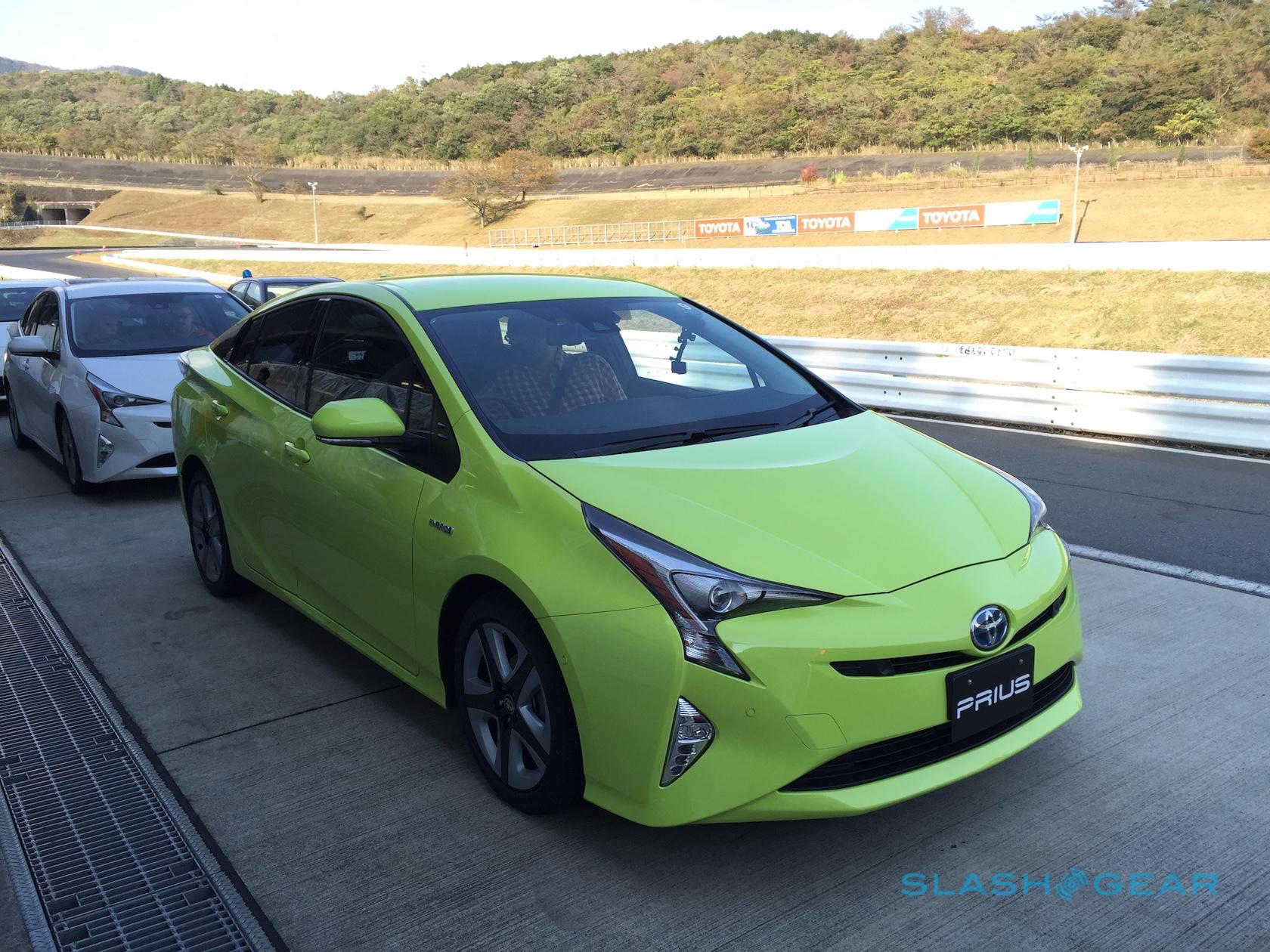2016 Toyota Prius First Drive: Eco-chic Gets Redone
Beloved by owners, bemoaned by automotive enthusiasts, championed by environmentalists, no car is as polarizing as the Toyota Prius. In California, it may be the only thing more abundant than sunshine. While other automakers have low-volume eco-friendly cars, or tout future solutions, the Prius delivers real-world results here-and-now.
We recently got to drive the next-generation in Japan, and got a deep-dive with the engineers behind the fourth generation of the most important hybrid car today. We've distilled a mountain of data to bring you all the essentials of the 2016 Toyota Prius.
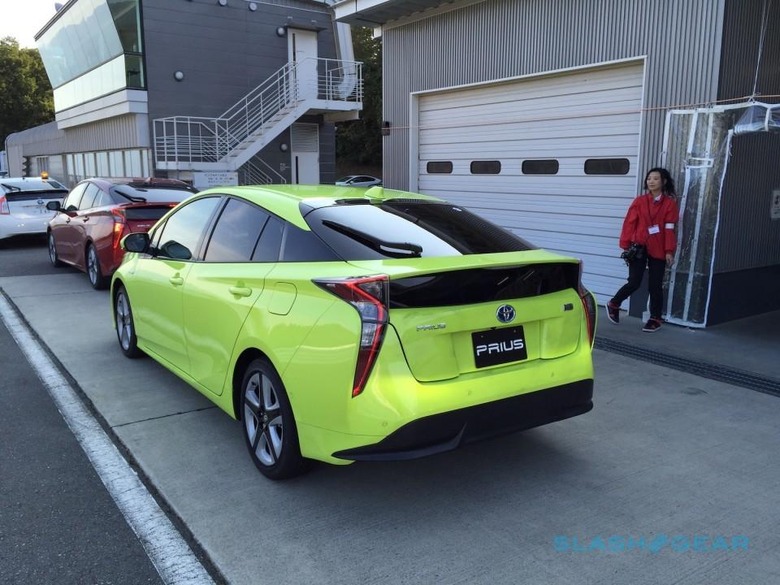
First, its got new bones. Riding on Toyota's new TNGA architecture—a straightforward acronym for Toyota New Global Architecture—the world's biggest automaker looked to improve dynamics, reduce costs, and allow the sharing of parts necessary to be competitive in the coming decades.
The new underpinnings allowed engineers to place the major components—such as the engine—just a tad lower than on the current Prius, the 10 mm difference helps reduce body-roll and allows for a more stable ride.
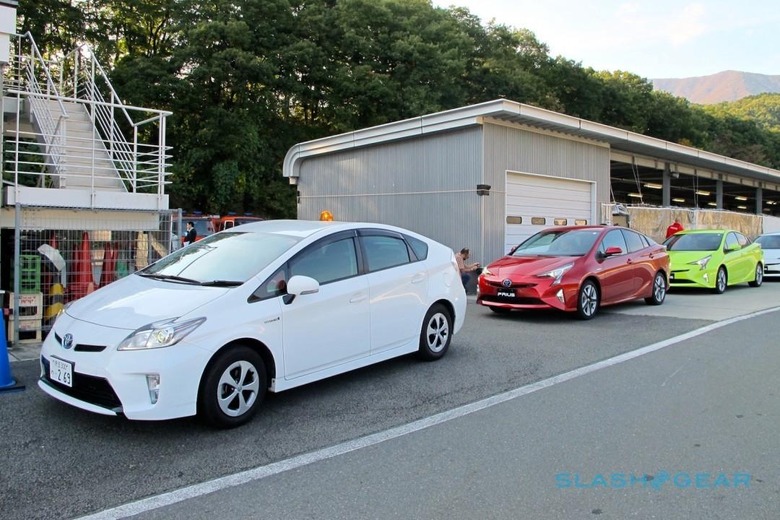
New suspensions that include a Torsion beam rear-independent setup are meant to improve drive feel, and new frames improve rigidity. Significant attention was paid to noise and vibration harshness, and the liberal use of sealers and new bonding techniques make this the quietest Prius yet.
The dashboard is lower, meaning it's easier to see out of the front windshield. In fact, the entire car is lowered 3/4 of an inch, which makes this Prius the world's most aerodynamic production car, boasting a C/D number of just 0.24.
The new 1.8-liter four-cylinder is paired with two electric motors, and the combo is good for 121 horsepower, 105 lb.-ft. of torque for the gas engine, while the second electric motor is good for 120 lb.-ft. Toyota says a lot of thermal engineering went into the engine, all of which is done for the hybrid's singularly focused purpose: fuel economy.
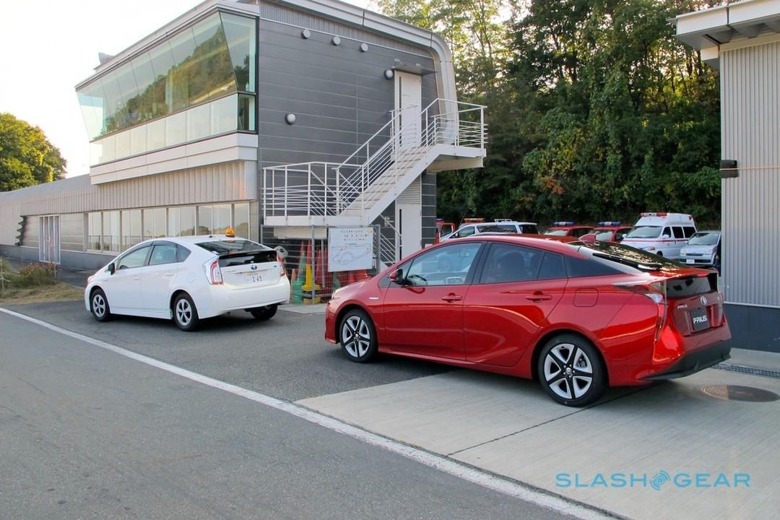
While we don't have specifics yet, engineers say fuel economy will be improved a couple of mpg. Considering the Prius already had a combined fuel economy rating of 50 mpg (yes, five-oh) that's significant, to say the least. And while automakers resort to all kinds of tricks to game mileage numbers, I've observed real-world figures that were impressive before, a little shy of estimates. Usually, the disparity is far greater.
As far as styling, the exterior of the 2016 World Green Car candidate has evolved with new headlights, a lower cowl in the front, and sculpting on the sides. Though not dramatically different if you see one in passing by, exterior styling is more appealing. The interior receives a noticeable update. The dash and center console look more similar to the Toyota Mirai fuel-cell vehicle, which seems to work well here.
Having been given the full background and development story, we were curious to drive the new car. And by far the most surprising event of the day was this: As part of our drive at Fuji Speedway, Toyota had a slalom course, a mini autocross in effect, to demonstrate the new handling. The last-gen Prius—which served as our pace car—could flaunt its eco-credentials, sure, but driving pleasure was decidedly absent.
But for current Prius owners, driving this car was always a statement, and we can only assume driving dynamics were far lower on the list of purchase motivations. So why then, would Toyota put us on a handling course?
Simply put, because the new Prius can handle surprisingly-, nay, scratch that, shockingly well. Really. No, it's not a sports car. But for a car that can get you more than 100 miles on two measly gallons...For those that want a (slightly) more spirited drive, there is a power mode, which as its name suggests eases up on the throttle, and allows for more power. Acceleration is smooth and faster than I expected, or any Prius driver will likely ever need, for that matter.
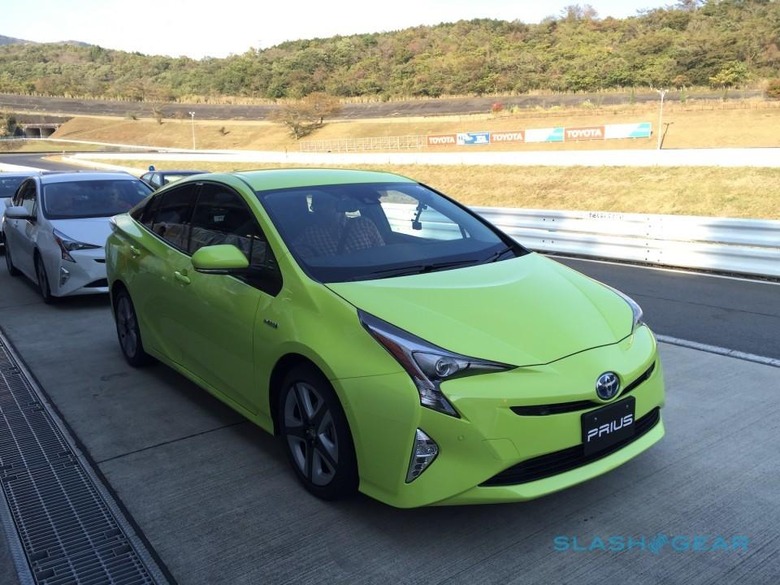
We tossed the oblong fuel-sipper along the course with—day I say it—zeal, and were pleasantly surprised. The thing is, if Toyota had this much success already—three million-plus models floating around—with the car's previous dynamics, what will happen with the new, decidedly improved car?
The fourth generation Prius has gotten the full work over. New design inside and out—not dramatic, but, better perhaps—complemented by much better performance, and the single most important thing: greater fuel economy than the current generation. The 2016 Toyota Prius moves the hybrid needle in the right direction.
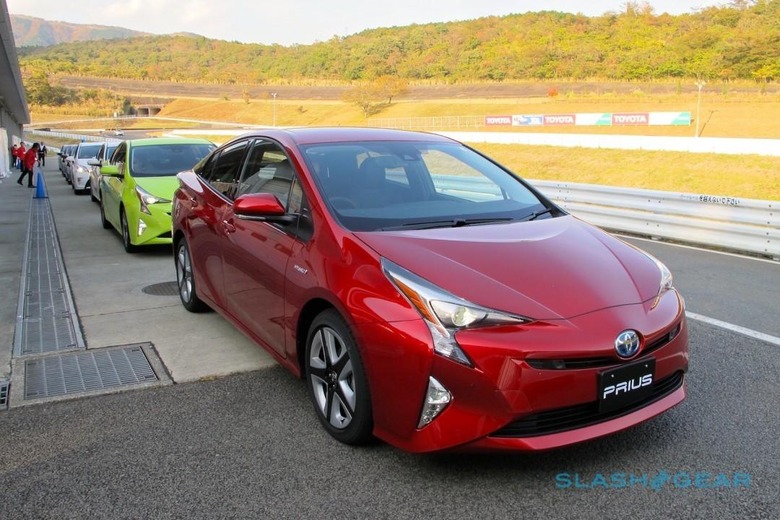
Will it be able to bring auto enthusiasts into the fold with its improved handling? Don't bet on it. Will it sell more, and likely be more pleasing for owners of the fourth-gen? Absolutely.
The entry-level Prius Two starts at $25,035 after delivery, while the top trim Four Touring will put you just over the 30 grand mark.

